Boston Children's Museum
308 Congress Street, Boston, MA 02210
617-426-6500
© Boston Children’s Museum 2025
Website Design by Jackrabbit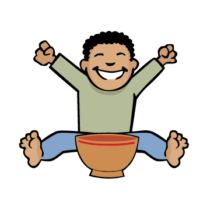
This activity introduces students to The Bowl Game, or “hubbub”, a traditional game played by the Wampanoag and other Native people all across America. In the Northeast United States, the game is sometimes called hubbub because early European settlers who witnessed it being played reported hearing players say “hub, hub, hub” over and over to distract and intimidate the other team. Try all of the winter thanksgiving activities, and you and your students can share in Wampanoag traditions and give thanks to the animals!
VIEW ACTIVITY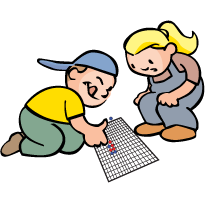
Cultural understanding is easier for children when it is grounded in commonalities. By learning and playing games that children in different cultures also play, kids can come to discover that people from different parts of the world are not as different as they might seem. And while they are discovering this, they will also be developing math skills like visualization, pattern recognition, logical deduction and counting.
VIEW ACTIVITY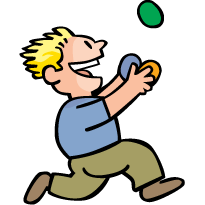
Juggling is not merely a fun activity, but it has many potential benefits as well. Juggling can help improve eye-hand coordination, problem-solving skills, ambidexterity, balance, motor skills, rhythm and timing—just to name a few. Research has even shown that people who learn how to juggle actually increase their brain size! In addition, self esteem, confidence, perseverance, teamwork and communication can reap the benefits of juggling, and children who learn best kinesthetically will really take to this activity.
VIEW ACTIVITY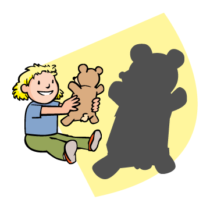
Learning to observe the characteristics of objects, use descriptive vocabulary and ask the kinds of questions that lead to desired answers are all critical skills for children to develop. In this shadow guessing game, children will utilize those skills while at the same time exploring the science of shadows.
VIEW ACTIVITY
Children’s bodies are undergoing constant change. By getting to know their own bodies better, these changes can be less mysterious. Children who are in tune with their own bodies can use all of their senses as tools as they explore and try to understand the world around them. This activity helps children learn more about their sense of hearing.
VIEW ACTIVITY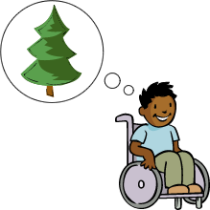
Classic games like 20 Questions and Word Bluff give children a chance to practice asking good questions, using descriptive vocabulary, and focusing on the structure of certain words. This game also encourages children to think about characteristics of people, places and things.
VIEW ACTIVITY
Word games are a great way to help children flex their literacy skills and have fun at the same time. This activity focuses on vocabulary and concept development as well as spelling.
VIEW ACTIVITY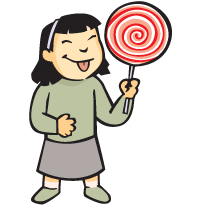
Learning how to read and share directions is a critical skill for children to learn—it develops communication skills, descriptive vocabulary, and teaches children to emphasize those points that will help a listener follow ideas and concepts.
VIEW ACTIVITY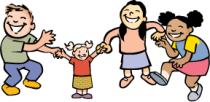
Many of the activities in this curriculum rely on kids working together as a team. Engaging children early on in team-building activities such as this one can help to create a foundation for later team-based work in which collaborating together is critical to students’ success.
VIEW ACTIVITY
Children’s bodies are undergoing constant change. By getting to know their own bodies better, these changes can be less mysterious. Children who are in tune with their own bodies can use all of their senses as tools as they explore and try to understand the world around them. This activity helps children learn more about their sense of touch, along with properties of objects, observation and descriptive vocabulary.
VIEW ACTIVITY